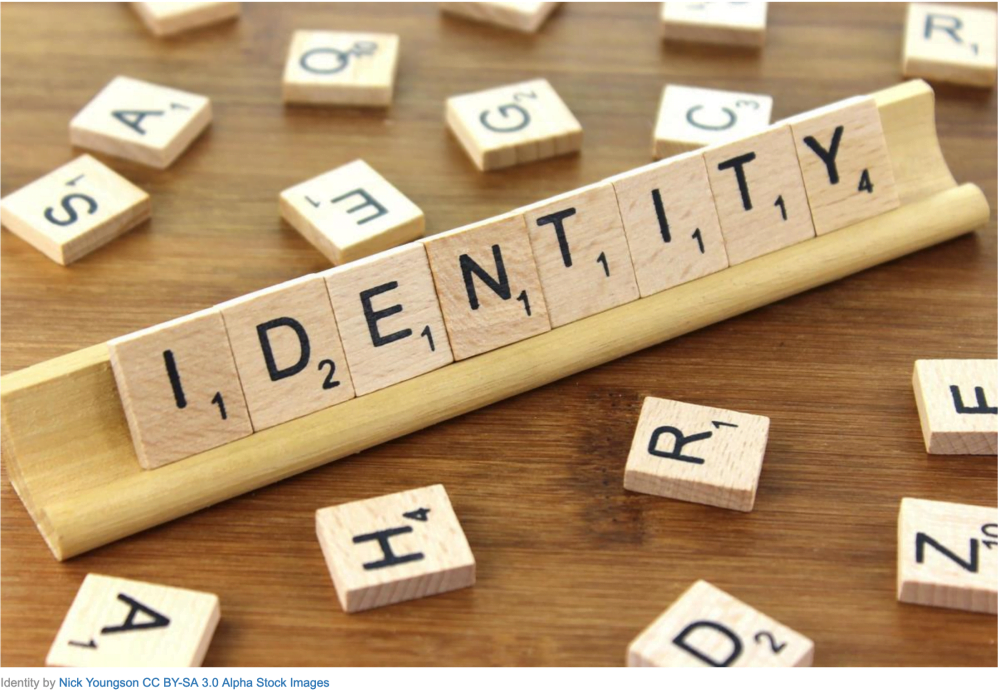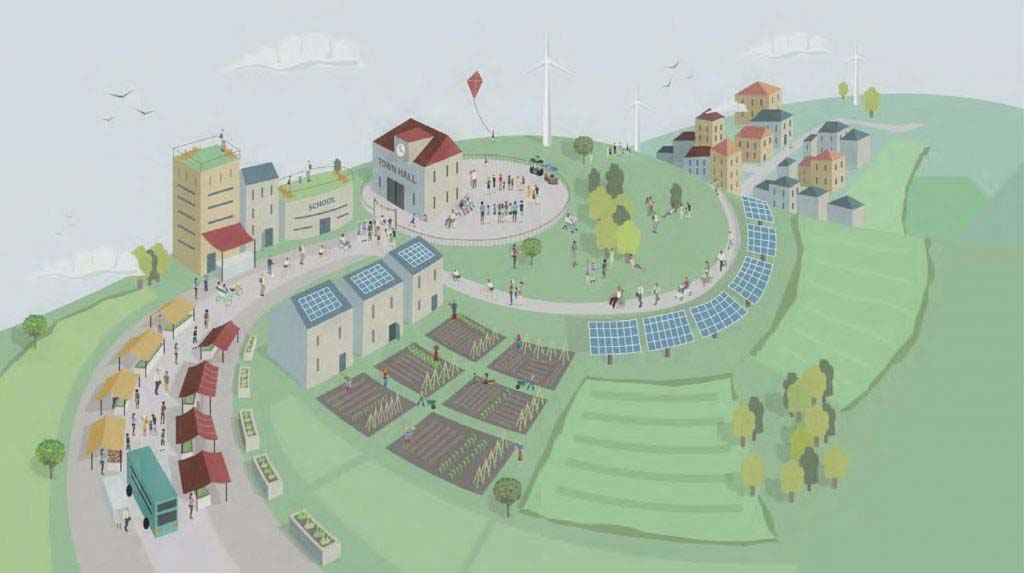
There is a growing push towards identity systems around the world – leading to some of the world’s largest biometric databases, as well as other technologies that can be used to track and profile individuals and communities.
There is a growing push towards identity systems around the world. There is a growth in both the requirement for us to identify ourselves and the development of identity systems to do so. This has led to some of the world’s largest biometric databases, as well as other technologies that can be used to track and profile individuals and communities. Despite this growth, the challenge to the autonomy and dignity of individuals that come from identity systems is rarely fully addressed. There is a need to understand the lived reality of those who both have and do not have access to these systems, to understand their true impact.
What is the problem
More and more states are pushing for identity systems – often involving giant biometric databases of almost the entire population. These systems are supposed to solve a multitude of problems, from security and fraud-prevention, to meeting the Know Your Customer requirements of financial institutions. However, the challenges of these systems have only just begun to be addressed.
Identity systems create risks for those who have access to an ID, as well as those who don’t. These systems can exclude: for all the claims fo universality, there will be some people who do not have access to an ID, or those who cannot use their ID, and are denied access to goods and services. ID systems can exploit: they link together diverse sets of information about an individual, and allow tracking and profiling. ID systems can surveil: giving the state and private sector a 360-degree view of the person. All three of these are made worse by function creep – the spread of an identity system to more and more aspects of people’s lives.
What is the solution
The first step is recognising that identification systems are not the silver bullet for society’s ills. The creation of identification systems have begun to be seen as an end in themselves, rather than as a tool for achieving other socially-desirable goals. The notion that there must be a ‘foundational’ ID system, lying beneath all an individual’s interactions with the state, needs to be challenged. The only way that a system can be legitimate is through its purpose. That purpose must be reflected in the design of a system. The danger is that the world is defaulting to biometric systems with unique identifiers, which leaves the systems open to abuse and causing harm.
One of the most important solutions is to find ways of removing ID requirements. At the very least, having one single identification system necessary for all purposes must be challenged. When a system is to be introduced, we need a proper legal and regulatory framework in place, including a strong data protection regime. But this is not a enough. The fact that ID touches on so many aspects of people’s lives means that the protections must be equally as broad: from the financial sector to the rights of trans people. It’s also essential to limit function creep as much as possible, through legal and technological means. Finally, we need more transparency in what is often a murky world of back-room deals between governments and multinational companies.
What PI is doing
Privacy International is working with a global network of partners to critically engage with national, state-provided identification systems, research their impacts, and to advocate for change.
We are engaging with international actors who promote identity systems, including leading funders in this field and international institutions, with the goal of creating a more positive vision for the development of identification systems around the globe.
We are documenting and exposing the companies involved in providing tech solutions to governments and other third parties with the aim of creating a future free from intrusive technologies.
Link


